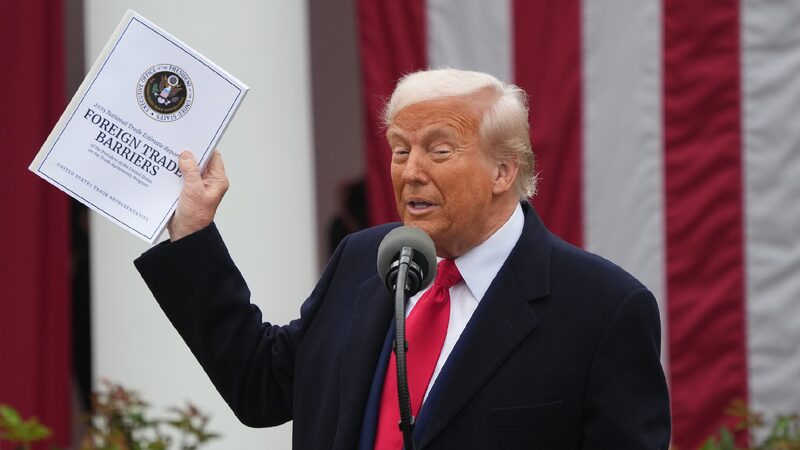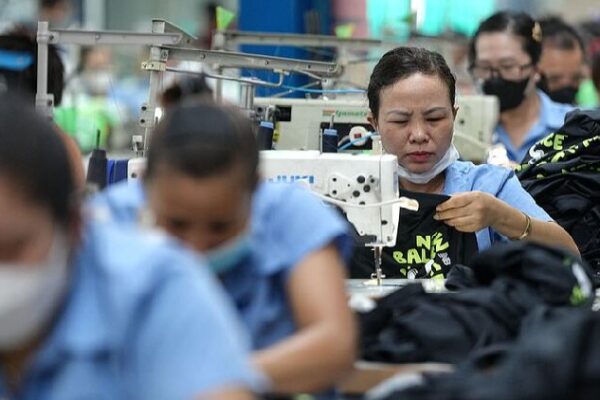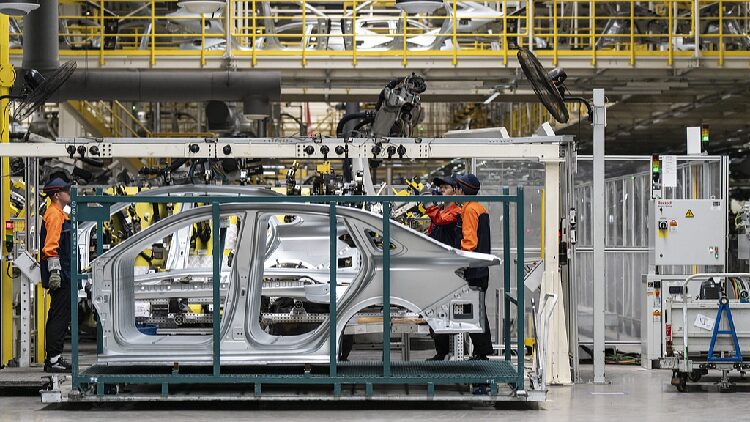Words like “mad,” “crazy,” and “insane” have been buzzing as people try to make sense of U.S. President Donald Trump’s recent tariffs announced on April 2, dubbed “Liberation Day.” He slapped a 25% tariff on automobiles and auto parts, and a flat 10% tariff on most countries, regardless of their trade balance with the U.S. This unconventional approach, using an arbitrary formula to determine “trade unfairness” and then halving it to set tariffs, has left many scratching their heads.
The hardest-hit regions include China and East and Southeast Asia, followed by Europe. Even some of the world’s poorest countries, which export goods to the U.S. but can’t afford to import much, are facing steep tariffs. Interestingly, Canada and Mexico were spared this time, possibly due to the potential backlash it could cause.
Opinions are divided. Some think Trump’s actions are irrational, while others search for a possible strategy behind them. But the administration’s arguments raise eyebrows. They claim that the tariffs will be paid by the exporting countries, but in reality, it’s American importers who foot the bill. This could lead to higher prices for consumers and potential inflation.
The idea that these tariffs will bring back manufacturing jobs to the U.S. is also questioned. Simply imposing tariffs doesn’t automatically lead to industrial growth. It requires a well-thought-out plan involving tax policies, investments in technology, and support for specific sectors. Moreover, businesses need a stable policy environment to invest confidently, and the current uncertainty might discourage them.
Some suggest that increasing tariffs could boost government revenue and reduce the deficit. However, this conflicts with the goal of re-industrialization, as significant revenue would only come if Americans continue buying imported goods, which doesn’t help domestic industries.
There’s a concern that these tariffs might end up burdening ordinary Americans the most. As prices rise, those with lower incomes, who spend a larger portion of their earnings on goods, could feel the pinch more than the wealthier population. Additionally, if tax cuts for the rich are offset by the increased tariff revenues, it could widen economic disparities.
In the end, the sweeping tariffs might not achieve their intended goals and could lead to more challenges both domestically and internationally.
Reference(s):
cgtn.com








